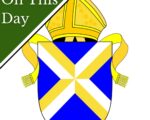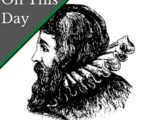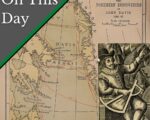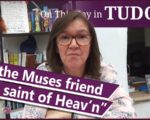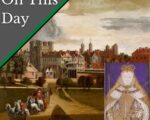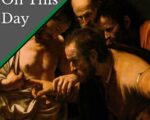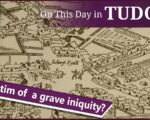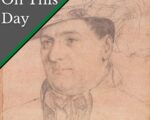
On 8th January 1570, in the reign of Queen Elizabeth I, Henry Clifford, 2nd Earl of Cumberland, died at his home, Brougham Castle. He was buried at Holy Trinity Church, Skipton.
According to a family story, Clifford was so devastated at the death of his first wife, Lady Eleanor Brandon, that he could only be brought back from a certain death by suckling from a woman’s breasts!
[Read More...]




